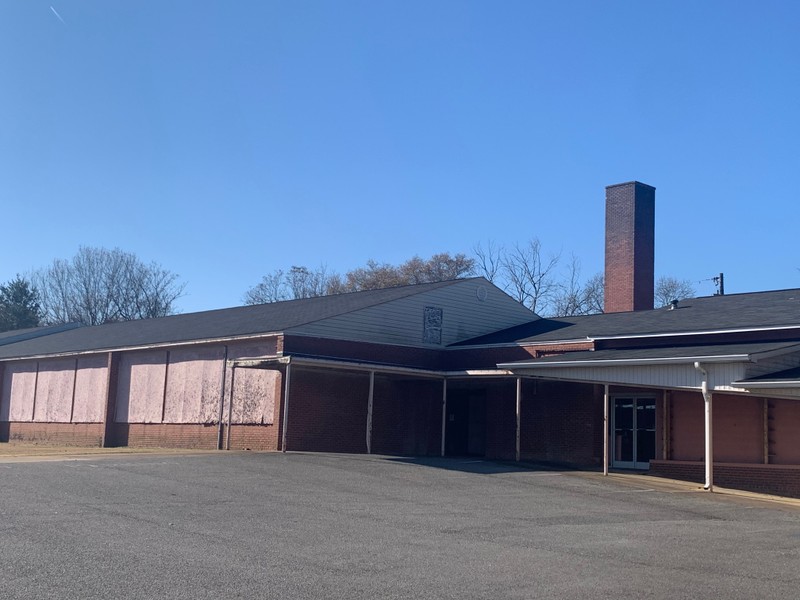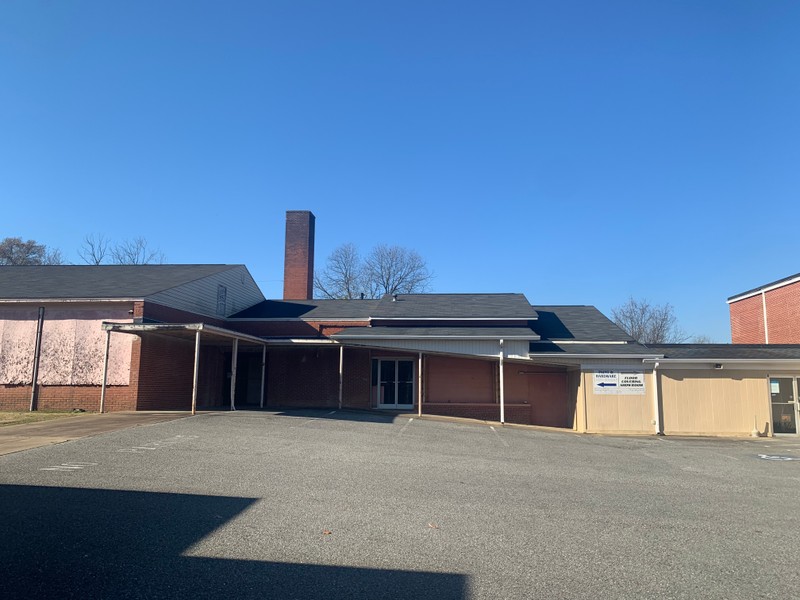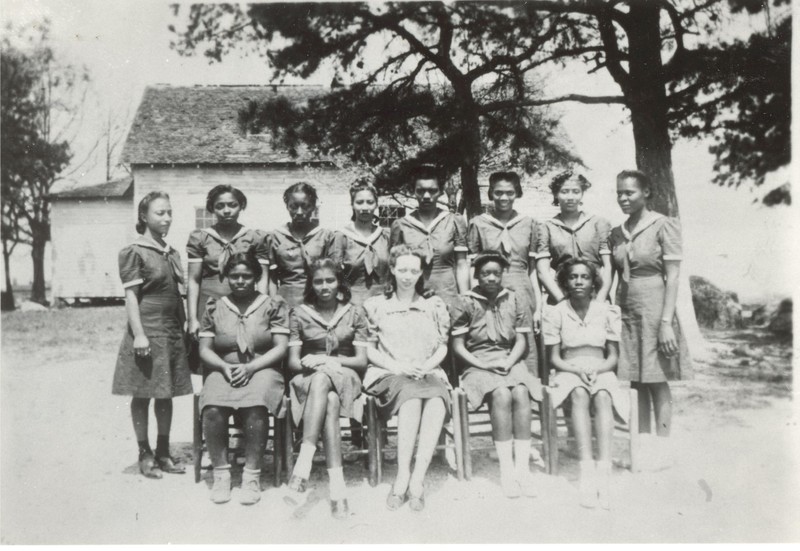Compact School
Introduction
Text-to-speech Audio
Images



Backstory and Context
Text-to-speech Audio
In 1872, African American farmer Peter Forney donated acreage to allow for Compact School’s construction and chaired the twelve-man committee that oversaw its establishment and operation. Local families agreed to a tuition rate of $2.50 per month for four-month terms, payable in cash or its equivalent value of wheat, 2 ½ bushels. This tuition money subsidized the building’s completion and paid white educator Hill Culp a monthly salary of $25.00.
Volunteers crafted benches and long tables to serve as desks. Thirty-five students, including Peter and Clara Forney’s daughter, Lavinia, enrolled in the inaugural term in July 1872. Culp headed the school until 1877, when Lavinia assumed its oversight. She remained the only teacher through 1904, instructing fifty children in a 20x30” frame building. In 1905-1906, Reverend R.H. Simmons received a $20 per month salary to teach 94 Compact School students.
In the 1920s, the Cleveland County Board of Education solicited public donations and received subsidies from the Rosenwald Fund to erect new buildings on African American school campuses. As a result, Compact School students benefited from the construction of a frame school in 1922 and the hip-roofed, weatherboarded, three-classroom building in 1924-1925. The project cost $3,200 and of that, the local African American community contributed $500, the Rosenwald Fund $900, and the Board of Education the remaining $1,800.75.
In 1940, Compact School included two one-story buildings and enrolled 325 African American students. In 1954-1955, Adams (who?) and four teachers educated 109 high school students, 21 of whom completed their course of study. Campus improvements included installing an instructor’s science table, electric water fountains, and landscaping.
During the 1955-1956 term, Adams and five faculty members taught 107 high school students. Facility updates underway at that time included painting existing buildings and erecting additions of two classrooms, administrative offices, a lunchroom, a library, and a “gymtarium,” a combination gymnasium an auditorium completed in April 1957.
During the 1959-1960 school year, Principal Adams and five instructors taught 106 high school students, nineteen of whom graduated. The Cleveland County Board of Education built an additional freestanding classroom building in 1960.
Sources
Written by Chavis Gash
Earl Scruggs Center
Earl Scruggs Center
Cleveland County Historical Collection
